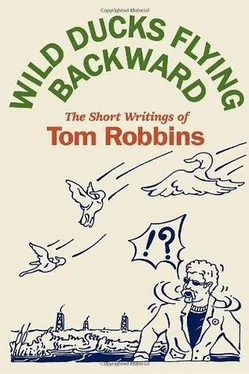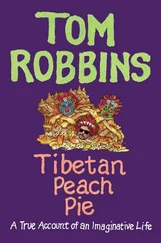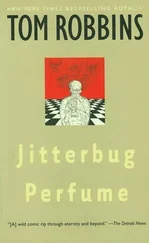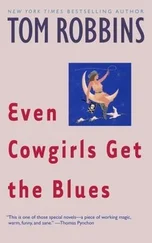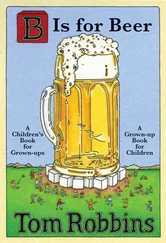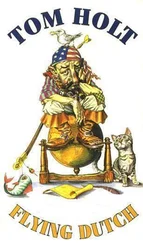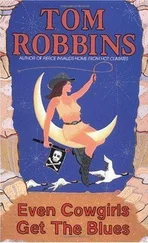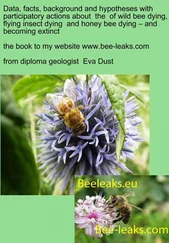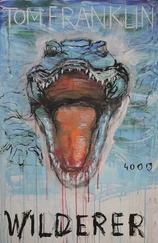The New York Times Magazine, 1986
The Day the Earth Spit Warthogs
The first time I was bitten by a tsetse fly (Ouch! Son of a bitch! Those suckers hurt !), I was convinced that in days, if not hours, I would be nodding out, snoring on the job, dreaming at the switch, yawning like a heavy-metal rocker stranded in Salt Lake City, just another droopy victim of the dreaded and sorrowful “sleeping sickness.”
During my two weeks in the Selous, my tender flesh was subsequently stabbed, my vintage blood swilled by at least forty tsetse flies, so far without dire consequence — although I must confess that as I begin this report, I’m starting to feel a teeny bit drowsy. Should I doze off in the middle of a sentence (an experience probably not uncommon to some of my readers), I want it known there’s no regrets. The lethal lullaby of an infected tsetse (the most romantically named of all flies) is arguably preferable to the anesthetic drone of computers, freeway traffic, and television sets; and the wild, hot beauty of the Selous is worth almost any risk.

The Selous is the largest uninhabited game reserve in the world. Located in central Tanzania, a couple of hundred miles south of Mount Kilimanjaro, the Selous is no national park where tourists sprawl on rattan sofas, sipping gin and listening to the BBC as from the air-conditioned safety of posh lodges they spy shamelessly on mating lions. In the Selous, one doesn’t catch a safari bus to the corner of Zebra and Watusi. To see the Selous, one hikes and one paddles. And when an aggravated hippopotamus is charging one’s rubber raft, one paddles very hard, indeed.
When I announced to family and friends that I was going hiking and river rafting through a vast patch of African cabbage, they didn’t ask why. They must have realized that after three years bent over an idling and backfiring novel, skinning my knuckles on every bolt and wrench in the literary toolbox, I needed to blow a little carbon out of my own exhaust. Perhaps they also sensed that after my recent dealings with editors, agents, lawyers, producers, and reviewers, I might be primed for the company of crocodiles.
Nobody was particularly concerned that I was off to walk with the animals, talk with the animals, squawk with the animals. After all, I once turned down an offer of manatee steak in a weird restaurant in Cuba, and I have made it a lifelong practice never to date women who wear leopard-skin pillbox hats. My beast karma was pretty good.
Nevertheless, having heard AMA terror stories of schistosomiasis and malaria, of elephantiasis-enlarged testicles so huge the poor owner has to push them around in a wheelbarrow, and yes, of the narcoleptic legacy of the tsetse fly, family and friends fretted one and all about tropical disease. Apparently, the evident scares us less than the invisible: we figure it’s easier to outrun a bear than a bugbear.
Well, folks, not to worry. First, I was stuffed to the gullet with malaria prophylactics and pincushioned with inoculations against the most prevalent tropical maladies (unfortunately, there’s no [yawn] serum that wards off “sleeping sickness”), and second, the very fact that the Selous is unoccupied by humans or farm animals means disease is rarely contracted there. In the Selous, the tsetse is all pester and no siesta. Ah, but I’d overlooked one thing. The Selous itself is a tropical disease: feverish, lethargic, exotic, achy, sweaty, hallucinogenic, and, as I’ve learned since coming home, recurrent.
Just when I think that I’m over it, that rush-hour gridlock, income-tax audits, and two viewings of Amadeus have worked their acculturizing cures, I suffer yet another attack of Selous flu. It comes on with a humid vapor, with a vibration of membrane, with howls and hoofbeats that nobody else in the room can hear, and although I might be in the midst of something truly important, such as choosing which brand of burglar alarm to install on my newly violated front door, it never fails to distract me with memories of a sweeter, cleaner, if less comfortable place; a place where clocks dissolve, where even death is honest, and primitive equalities prevail….

It’s our first day in the bush. At this point, I’m still a tsetse virgin. From the port city of Dar es Salaam, we have traveled into the interior on a toy railroad: one locomotive, one car, and narrow-gauge track, all three built by the Chinese. It was definitely not a main line. It was a chow mein line.
Okay, okay, but the chow on the train was pretty good. We bought it through our windows at brief village stops. There were cashew nuts, absolute state-of-the-art mangoes, and thumb-size bananas that melted in our mouths. Prices were so cheap they made us feel like muggers.
During the five-hour rail trip, we’d gotten acquainted with our leaders, employees of Sobek Expeditions, a company of, well, reasonably sane adventurers from Angels Camp, California. The Sobek people had chased thrills, chills, and spills all over the globe, but they were as excited as the rest of us when, halfway into the ride, we began to spot a few animals: a baboon here, a warthog there, a small herd of distant bushbuck, and in the ponds and marshes (lavendered with water lilies the color of Oscar Wilde’s hankies) yellow-billed storks taller than most Little League second basemen, poised there among the lily pads as if waiting for a throw from center field.
Yes, it was exciting, but there was a bit of a theme-park atmosphere about it as well; as if those random creatures had been placed in our field of vision by a San Diego entrepreneur. Then, suddenly, a pair of giraffes bounced into view. When the engineer mischievously sounded his whistle, the giraffes panicked. Stiff stilts churning, necks waving like rubber bands, they bolted toward rather than away from us, and in their confusion very nearly crashed into the side of our car. One wheeling giraffe was so close I could have flipped a cashew into its terrified muzzle. Oh, Boy! Oh, Cheetah! Oh, Tarzan and Jane! This was Africa, baby, this was the real thing! But it was not yet the Selous.

Our first day in the bush finds us up at dawn. Having only seen dawn from the other side of the clock, I never imagined daybreak might actually be pleasant. The tsetselike sting of 5:00 A.M. is softened by the sight of an elephant family, Mom, Dad, Bud, and Sis, carelessly mashing a million dewdrops as they jumbo down a deep green valley to a water hole.
We watch the elephants from the rustic veranda of the Stiegler’s Gorge Safari Camp, the last outpost of humanity we’ll enjoy before we venture into the Selous. We had slept at the camp, or rather, tried to sleep, for an all-night newsboy choir of hyenas periodically sang us awake. Late the previous afternoon, the train had deposited us at a village called Fuga, the end of the line, where we — eighteen of us, including the guides — were met by a trio of Land Rovers and driven for a couple of battering hours down an Armageddon of a road, a moonscape of a lane to Stiegler’s Gorge. By the time our gear was stowed in our respective huts, it was dark and a rusty gong had summoned us to a dinner of green beans and steak.
Dave, a veteran guide, had hoisted a morsel of that steak aloft in the lanternshine. “Impala,” he had said authoritatively, studying his fork. “At first I thought it might be sable. Africa is an adventure in meat.”
Читать дальше
